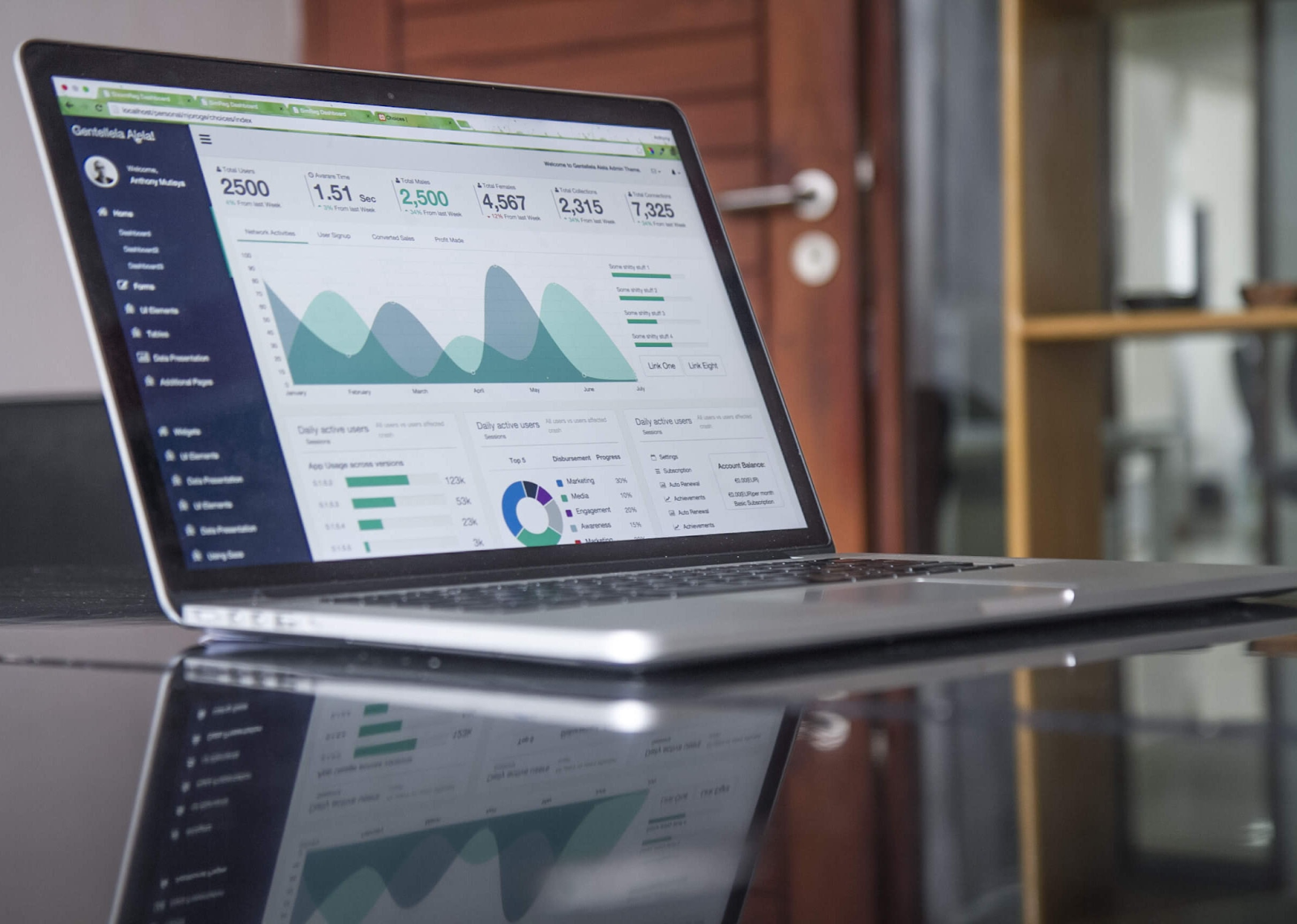How easy is it to find yourself in a situation where you’re scrambling to find more resources to accommodate an increase in demand? If you’ve ever been in this position, then you know how convoluted a project — or multiple projects — can get when you don’t have enough resources available.
On the other hand, you could have the opposite situation where you have too many resources and not enough demand. This can be just as costly because you’re wasting valuable resources that could be used elsewhere.
Regardless of which situation you are in, it is clear that you need some sort of solution to solve this problem. Let me introduce you to capacity planning.
In this article, we will discuss what capacity planning is, its benefits, some common capacity planning strategies and best practices.
Let’s get going!
What Is Capacity Planning?
Capacity planning is the strategic process of determining the ideal amount of resources needed to accommodate a given demand.
This can be done for a number of reasons such as:
- To avoid the situation where you don’t have enough resources and have to scramble to find more.
- To avoid the situation where you have too many resources and are wasting valuable resources.
- To improve efficiency and optimize your use of resources.
The goal of capacity planning is to ensure that you have the right amount of resources (e.g. labor, machines, etc.) to meet demand without overspending or underspending.
It is important to note that capacity planning is not a one-time event. It is an ongoing process that should be revisited on a regular basis as demand changes.
Benefits Of Capacity Planning
There are many benefits of capacity planning. Here are some of the most notable ones in further detail:
1. Helps You Avoid Scrambling To Find More Resources
As we mentioned earlier, one of the benefits of capacity planning is that it helps you avoid scrambling to find more resources when demand increases.
This is because you would have already planned for this increase in demand and would have the resources ready to go. This can save you a lot of time and money in the long run.
2. You Avoid Wasting Resources
Another benefit of capacity planning is that it helps you avoid wasting resources when demand decreases.
This is a key benefit since it can be easy to find yourself in a situation where you have too many resources and not enough demand. This can lead to wasted resources, which is why capacity planning is so important.
3. Makes You More Efficient
Capacity planning also helps you to improve efficiency. This is because you are able to plan for the ideal amount of resources needed to accommodate demand.
This can help optimize your use of resources, which can save your business time and money — which is priceless for your bottom line. Additionally, this can help improve your overall project management process.
4. Allows You To Make Better Decisions
An often underrated benefit of capacity planning is that it helps you make better decisions. You are more able to take a strategic approach to determine the ideal amount of resources needed to accommodate demand.
This can help improve your decision-making process and ensure that you are making the best decisions for your project.

3 Common Capacity Planning Strategies
Capacity planning strategies can vary greatly depending on the specific situation your firm is in. Here are three of the most common strategies, with examples of when they would be used best. Let’s take a closer look.
Top-Down Approach
The top-down approach is a capacity planning strategy where you start with the big picture and then drill down to the details.
In other words, you first determine the overall resources needed and then break it down into smaller increments.
This approach is often used when there is a limited amount of data available.
Let’s say you’re a small business owner and you want to capacity plan for the next year. You may not have a lot of data to work with, so you start by estimating the number of products you’ll need to produce.
Once you have that number, you can break it down into smaller increments such as the number of products you need to produce per month.
Bottom-Up Approach
The bottom-up approach is the opposite of the top-down approach. With this strategy, you start with the details and then work your way up to the big picture.
The initial step is to determine the resources needed for smaller tasks and then aggregate it to get a holistic view of the firm’s situation.
Due to the type of information required, this approach is often used when there is a lot of data available — and is therefore more commonly used with larger firms.
Let’s say you’re a large company. You have a lot of data to work with, so you start by estimating the number of products each department will need to produce.
Once you have that information, you can aggregate it to get the overall number of products that need to be produced. It’s a fairly simple process that large firms can use due to the vast volumes of data they tend to have.
Static Approach
The static approach is a capacity planning strategy where you determine the resources needed based on past demand. You use historical data to predict future demand.
This approach is often used when there is a lot of data available and the demand is relatively stable.
If you’re a company that sells winter clothes, you can use historical sales data to predict how many winter clothes you’ll need to sell in the future. This information can then be used to determine the amount of resources (e.g. labor, machines, etc.) needed to meet that demand.

Infrastructure Capacity Planning
Capacity planning for infrastructure is a process of forecasting future demand for resources and making sure that the necessary capacity exists to meet that demand.
This type of capacity planning is often used in the context of things like data centers and cloud computing.
When capacity planning for infrastructure, there are three main factors that need to be considered:
- Physical space: Will you have enough room to accommodate the growth?
- Power: Will you have enough power to run all of the new equipment?
- Networking: Do you have enough bandwidth to support the increased traffic?
Manufacturing Capacity Planning
Manufacturing capacity planning is a process of forecasting future demand for products and is often used in the context of things like factories and production lines.
There are three main factors that need to be considered:
- Labor: Do you have enough workers to meet the projected demand?
- Machines: Do you have enough machines to meet the projected demand?
- Materials: Do you have enough raw materials to meet the projected demand?

Team Capacity Planning
Often used with projects and scrum teams, team capacity planning is a process of forecasting future demand for team resources, and tracking to ensure that the necessary capacity exists to meet that demand.
When capacity planning for a team, there are three main factors that need to be considered:
- Skills: Does the team have the necessary skills to meet the projected demand?
- Availability: Is the team available to work on the project?
- Capacity: Does the team have enough capacity to take on additional work?
Capacity Planning Policy
A capacity planning policy is a document that outlines the goals, objectives, and strategies of your capacity planning process.
The policy should be created by taking into consideration the specific needs of your organization. It should also be reviewed and updated on a regular basis as demand changes.
Some things that you may want to include in your capacity planning policy are:
- The types of resources that will be considered in the capacity planning process (e.g. labor, machines, etc.).
- The timeframe over which capacity planning will be conducted (e.g. monthly, quarterly, annually).
- The methodologies that will be used to conduct capacity planning (e.g. statistical analysis, simulation, etc.).
- The criteria that will be used to determine whether capacity needs to be increased or decreased (e.g. cost, efficiency, utilization).
- The process for making decisions about increasing or decreasing capacity.
- The roles and responsibilities of those involved in the capacity planning process.

Final Thoughts
In order to avoid some difficult situations associated with your resources, you need to have a clear understanding of capacity planning. In this article, we discussed why it is important to have a capacity planning strategy in the first place, as well as going through a capacity planning policy your firm might consider using.
There are also a number of different approaches you can take when considering the best capacity planning methods. Decide which one is best for your company’s needs in particular, and then employ it accordingly.
The last thing you want to do is pick the wrong approach, waste more time and money, and do capacity planning the wrong way. That would not be ideal at all!
Browse over this article for your capacity planning needs, pick the one that is best for your firm — and to that we say: happy planning!
